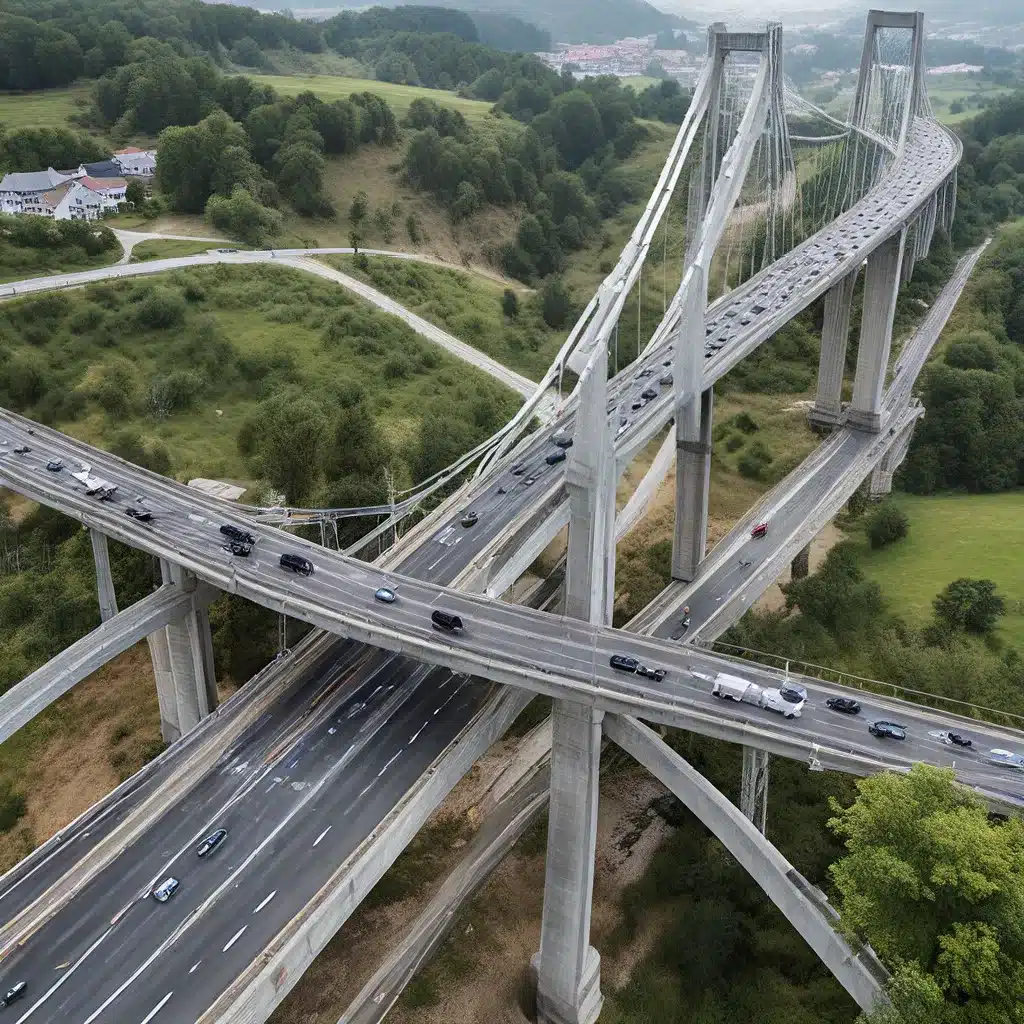
In the rapidly evolving world of technology, the rise of sensor networks and the Internet of Things (IoT) has transformed the way we collect, analyze, and utilize data. These advancements have paved the way for a new era of sensor-driven decision support, where real-time information empowers individuals, businesses, and communities to make more informed and impactful choices.
Unlocking the Power of Sensor Networks
At the heart of this transformation are sensor networks – intricate webs of interconnected devices capable of gathering, processing, and transmitting vast amounts of data. From agricultural applications that monitor soil conditions and crop health to smart city initiatives that track traffic patterns and public infrastructure, sensor networks are revolutionizing how we perceive and interact with our environments.
One of the key advantages of sensor networks is their ability to bridge the gap between data and insights. By strategically deploying sensors in various settings, we can collect granular, real-time information that was previously inaccessible or prohibitively expensive to obtain. This data, when combined with advanced analytics and machine learning algorithms, can uncover previously unseen trends, identify critical issues, and inform more effective decision-making.
Research has shown that sensor-driven data integration can help address pressing challenges in the agricultural sector, such as optimizing the use of water and nitrogen inputs. By fusing information from remote sensing and in-field sensors, experts can guide precision interventions that boost productivity while reducing the environmental impact of over-application of these resources.
Bridging the Gap in Agriculture and Beyond
The transformative potential of sensor networks extends far beyond agriculture. In the realm of smart cities, sensor-enabled infrastructure can provide real-time insights into traffic patterns, air quality, and energy consumption, empowering urban planners and policymakers to make more informed decisions that enhance livability and sustainability.
Similarly, in the industrial sector, sensor networks are revolutionizing predictive maintenance and process optimization. By continuously monitoring the performance and condition of critical equipment, operators can anticipate and address issues before they result in costly downtime or failures.
Sensor-driven decision support is also making strides in the healthcare domain. Wearable devices and implanted sensors can provide continuous monitoring of patient vital signs, enabling early detection of medical conditions and facilitating more personalized and proactive treatment plans.
Navigating the Challenges of Sensor Network Design
While the benefits of sensor networks are undeniable, the design and deployment of these systems are not without their challenges. Ensuring secure and energy-efficient operation* is a crucial consideration, as sensor nodes are often situated in remote or inaccessible locations, making physical access and maintenance difficult.
Sensor Network experts have developed a range of strategies to address these concerns, including:
- Network Topologies: Exploring alternative network architectures, such as mesh or hierarchical topologies, to improve resilience, coverage, and energy efficiency.
- Security Protocols: Implementing robust encryption, authentication, and access control mechanisms to safeguard sensor data and prevent unauthorized access.
- Energy Management: Leveraging techniques like energy harvesting, duty cycling, and data aggregation to extend the battery life of sensor nodes and minimize the need for manual intervention.
By understanding and addressing these design considerations, engineers and researchers can create sensor networks that are both reliable and scalable, paving the way for widespread adoption and transformative applications.
Fostering a Collaborative Ecosystem
The success of sensor-driven decision support systems ultimately depends on the collaborative efforts of a diverse community of stakeholders. Researchers, technologists, policymakers, and end-users must work together to identify pressing challenges, develop innovative solutions, and ensure the seamless integration of sensor networks into real-world scenarios.
Initiatives like the “Agricultural Genome to Phenome” (AG2PI) project have been instrumental in fostering this type of collaborative ecosystem. By bringing together experts from various disciplines, including crop and livestock breeding, genetics, data science, and engineering, the AG2PI project aims to accelerate the development and adoption of sensor-driven technologies that enhance the sustainability and profitability of the agricultural sector.
The Future of Sensor-Driven Decision Support
As the capabilities of sensor networks and IoT continue to evolve, the potential for sensor-driven decision support to transform industries and improve societal outcomes is immense. Artificial Intelligence (AI) and digital twinning technologies are poised to further enhance the power of these systems, enabling the creation of virtual simulations that can streamline plant breeding, assist farmers in adopting improved farming techniques, and provide policymakers with the insights needed to incentivize sustainable practices.
The AI Institute for Resilient Agriculture (AIIRA) is at the forefront of this revolution, bringing together experts in AI, plant breeding, agronomy, and social sciences to accelerate the development and deployment of sensor-driven technologies that can help meet the growing food security challenges of the 21st century.
As we look to the future, the continued advancement and widespread adoption of sensor-driven decision support systems will be crucial in addressing a wide range of societal and environmental challenges. By harnessing the power of data and technology, we can unlock new levels of efficiency, sustainability, and resilience, ultimately creating a better future for all.